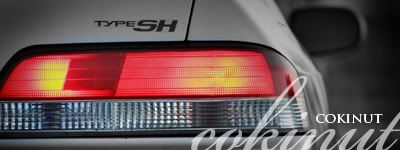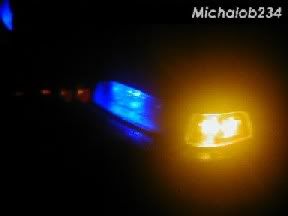Here's a DIY guide by me
Price Costs:
IAB gasket = 6.79 x 2 = $13.59

Intake mani gasket = $9.11

EGR gasket = $2.54

TB Gasket = $ 5.78
1 pack of vacuum caps = $1.99
1 pack of M5 0.8 screws (for tps) = $1.75
1 pack of washers (for tps) = $1.75
bucket for radiator fluid = $ .97
funnel = $ .88
radiator fluid = $7.27
1 can of carb cleaner = $.88
pack of razor blades for old gasket = $1.67
shop towels = $ .88
Gasket remover (from autozone ) = $2.67
total = $51.73
H23 Intake Manifold = $100 shipped
Total = $151.73
Price Costs:
IAB gasket = 6.79 x 2 = $13.59

Intake mani gasket = $9.11

EGR gasket = $2.54

TB Gasket = $ 5.78
1 pack of vacuum caps = $1.99
1 pack of M5 0.8 screws (for tps) = $1.75
1 pack of washers (for tps) = $1.75
bucket for radiator fluid = $ .97
funnel = $ .88
radiator fluid = $7.27
1 can of carb cleaner = $.88
pack of razor blades for old gasket = $1.67
shop towels = $ .88
Gasket remover (from autozone ) = $2.67
total = $51.73
H23 Intake Manifold = $100 shipped
Total = $151.73



























Comment